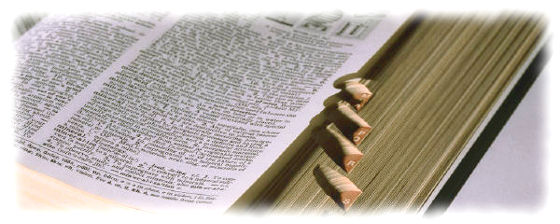Multilingual Music Glossary
Found a word you don't know? No problem. Look it up in the Music Glossary!
We are currently providing explanations for 2484 terms from 12 languages, including English, Italian, French, German, Spanish, Dutch, Swedish, Finnish, Latin…
You may browse the glossary alphabetically, or directly search for a term by using the search box above.
If you are looking for a symbol, check out our Guide to Musical Symbols.
Please note: a music glossary is just like a dictionary. It contains explanations to musical terms. If you are looking for a piece, please go here instead: search tunes.

Some random terms
- affabilità
![Italian [Italian]](https://www.flutetunes.com/img/languages/it.png) Literally, “affability”. A directive to perform with ease and elegance, in a pleasing and agreeable manner.
Literally, “affability”. A directive to perform with ease and elegance, in a pleasing and agreeable manner. - à la
![French [French]](https://www.flutetunes.com/img/languages/fr.png) In the manner of.
In the manner of. - einschlafen
![German [German]](https://www.flutetunes.com/img/languages/de.png) Literally, “falling asleep”. A directive to slacken the time and diminish the tempo and the tone.
Literally, “falling asleep”. A directive to slacken the time and diminish the tempo and the tone. - ritardando
![Italian [Italian]](https://www.flutetunes.com/img/languages/it.png) Gradually delaying the tempo.
Gradually delaying the tempo. - calcando
![Italian [Italian]](https://www.flutetunes.com/img/languages/it.png) Stressing, emphasizing.
Stressing, emphasizing. - pianoforte
![Italian [Italian]](https://www.flutetunes.com/img/languages/it.png) A dynamic marking (fp) directing the performer to attack the written note at the dynamic level of piano (soft) followed by an immediate increase in volume to forte (loud).
A dynamic marking (fp) directing the performer to attack the written note at the dynamic level of piano (soft) followed by an immediate increase in volume to forte (loud). - springer An ornament consisting of the main tone followed by the tone above it followed by the tone above that, then returning to the original main tone.
- rumba
![Spanish [Spanish]](https://www.flutetunes.com/img/languages/es.png) A dance originating in Cuba as a combination of the musical traditions of Spanish colonizers and of Africans brought to Cuba as slaves.
A dance originating in Cuba as a combination of the musical traditions of Spanish colonizers and of Africans brought to Cuba as slaves. - fortississimo
![Italian [Italian]](https://www.flutetunes.com/img/languages/it.png) Extremely loud, louder than fortissimo.
Extremely loud, louder than fortissimo. - mit Steigerung
![German [German]](https://www.flutetunes.com/img/languages/de.png) With exaltation.
With exaltation. - pantomime Theatrical genre in which an actor silently plays all the parts in a show while accompanied by singing.
- da capo aria
![Italian [Italian]](https://www.flutetunes.com/img/languages/it.png) A lyric song in A-B-A form, commonly found in operas, cantatas and oratorios.
A lyric song in A-B-A form, commonly found in operas, cantatas and oratorios. - double flat An accidental sign consisting of two flat symbols, that lowers a note by two semitones.
- close harmony Harmony written so that the parts are as close together as possible, usually with the upper voices very tight together, and the bass somewhat more distantly spaced.
- ohne
![German [German]](https://www.flutetunes.com/img/languages/de.png) “Without”.
“Without”.